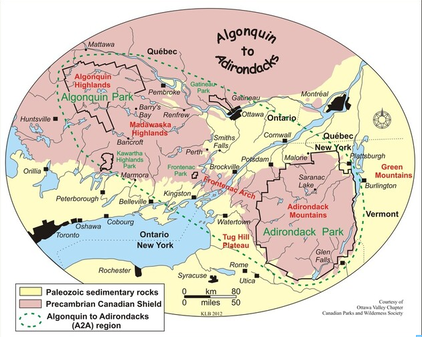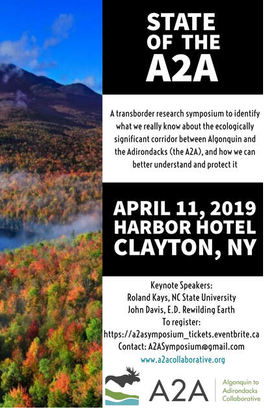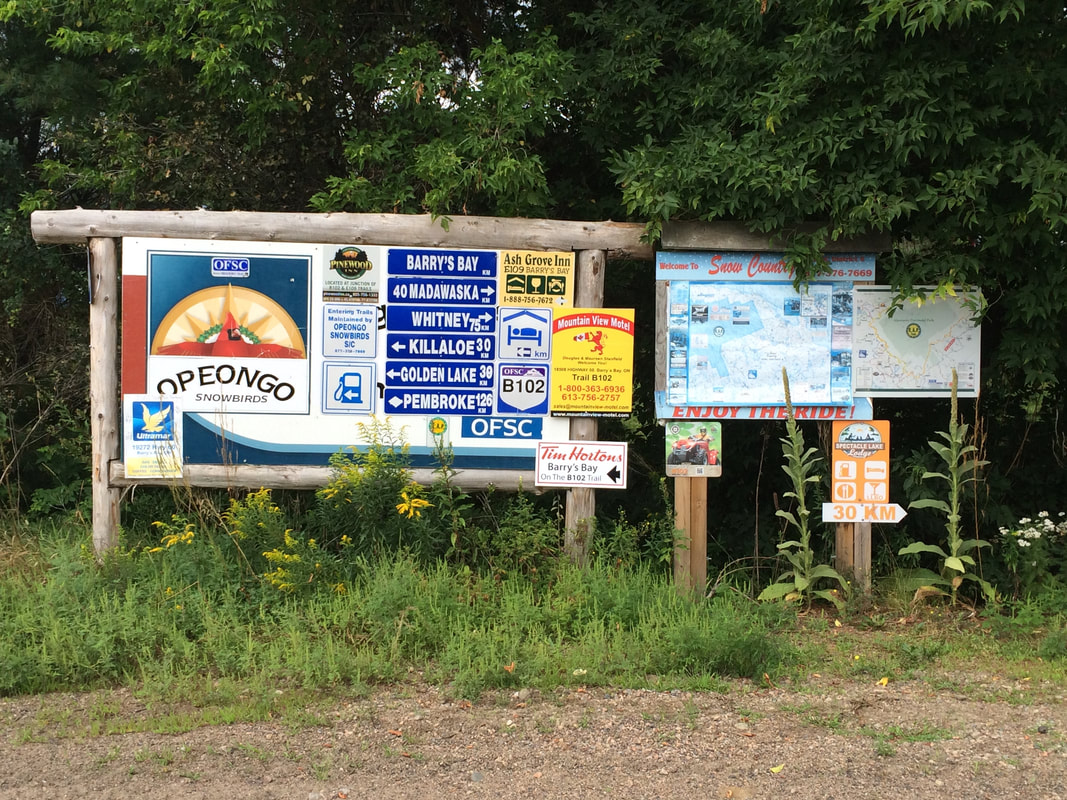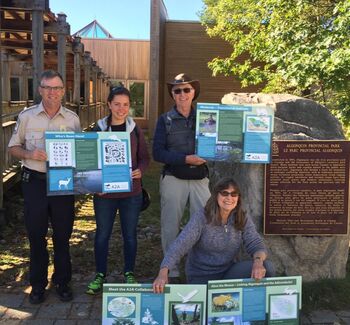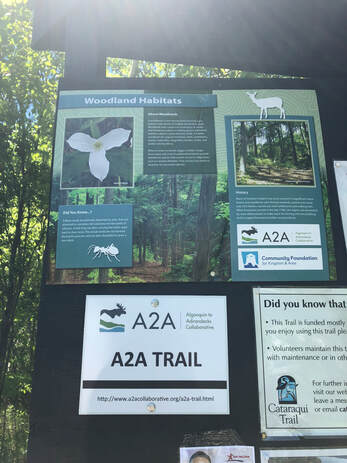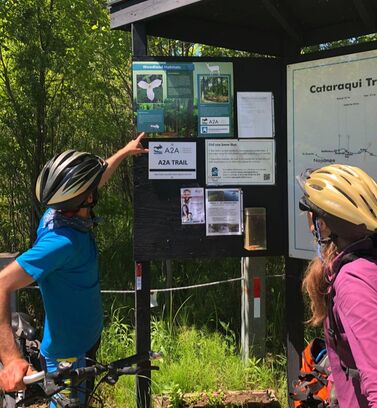|
HOW DOES A2A WORK?
|
Thanks to the tireless efforts of our committee, volunteers, partners and donors, we are working through a multi-faceted approach, including trail designation, policy work, scientific research and information-sharing, and community outreach and education.
Learn more about our vital work here... |
WHY SHOULD A2A MATTER TO ME?
|
© 2024 Algonquin to Adirondacks Collaborative
A2A is a 149(1)(f) registered Canadian charity | BN: 86307 1668 RR0001 | and a 501(c)(3) tax-exempt organization in the U.S. | IRS #86-1358996 |
Become a Member | Maps & Region | FAQs | Donate Online | Contact Us
A2A is a 149(1)(f) registered Canadian charity | BN: 86307 1668 RR0001 | and a 501(c)(3) tax-exempt organization in the U.S. | IRS #86-1358996 |
Become a Member | Maps & Region | FAQs | Donate Online | Contact Us

